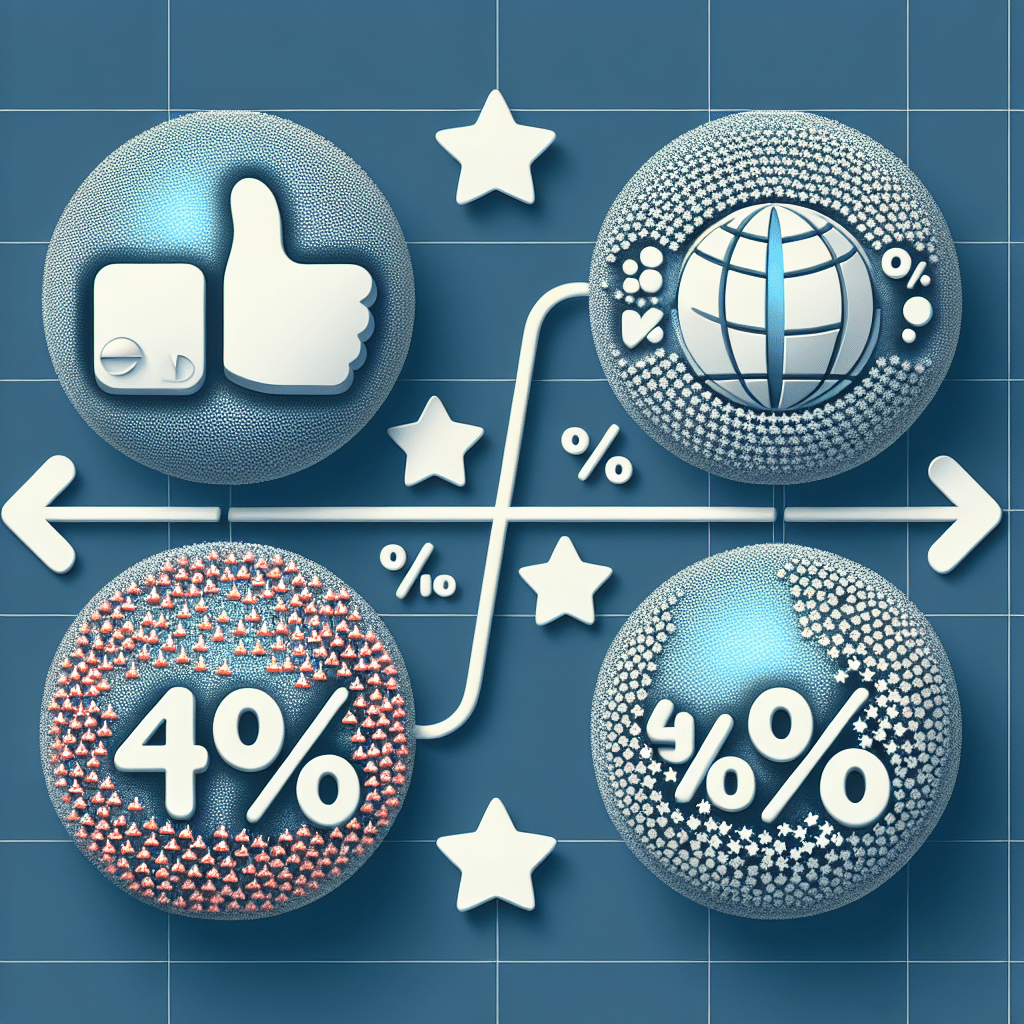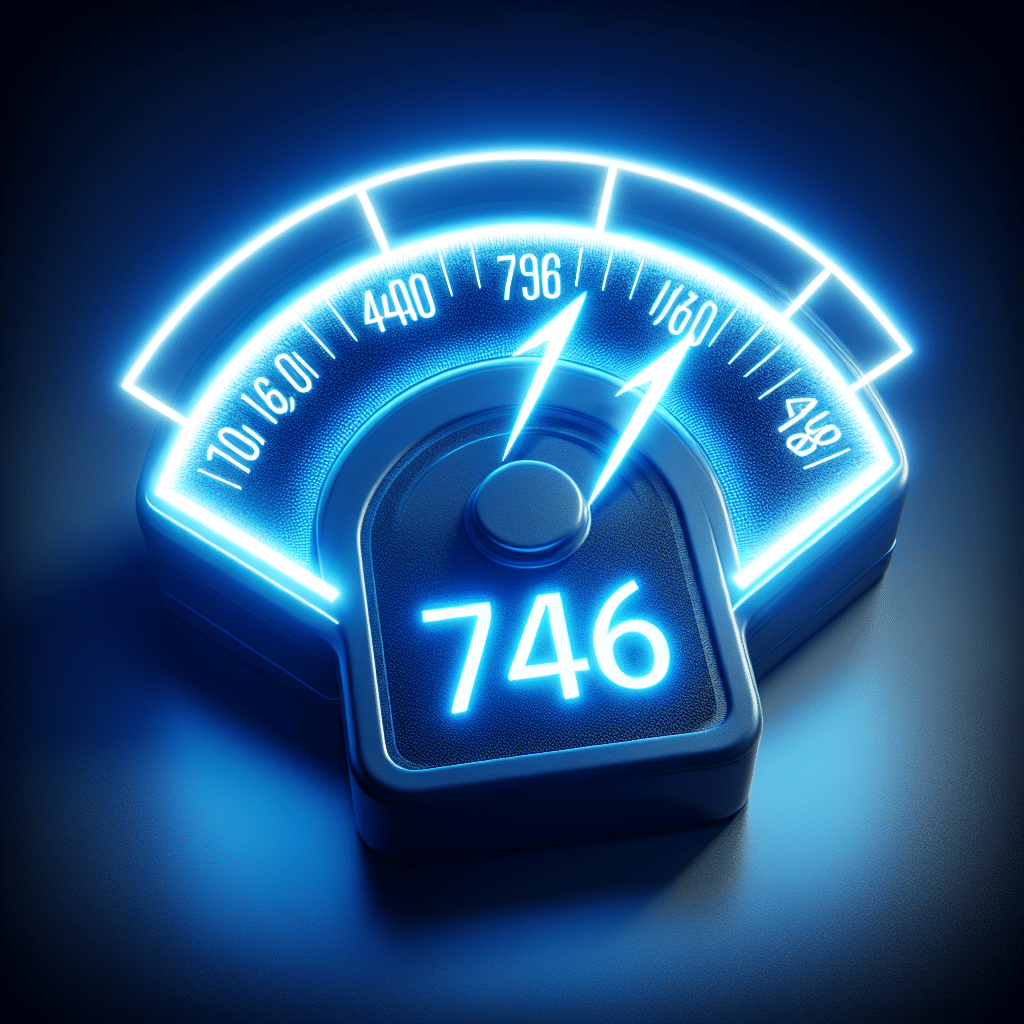Engagement divided by reach provides a crucial metric known as engagement rate, which helps marketers gauge the efficacy of their social media content. This ratio reveals how many people interacted with your post relative to how many users saw it. For example, if a post reaches 1,000 users and garners 50 likes, comments, and shares, the engagement rate is calculated by dividing engagement (50) by reach (1,000), resulting in an engagement rate of 5%. Understanding this metric allows brands and businesses to assess their audience’s interest and connection to their content, ultimately optimizing their marketing strategies. This concise measurement empowers you to adjust your content and engage with your audience effectively, driving better results in your campaigns.
Understanding Engagement and Reach
To fully grasp what engagement divided by reach signifies, we must first define what engagement and reach mean in the context of social media and digital marketing.
Engagement
Engagement refers to the interactions that users have with your content. This includes likes, shares, comments, and any other measurable actions taken by users who have encountered your post. Engagement is a vital indicator of how compelling and relevant your content is to your audience. It reflects the level of interest and connection that users feel towards your posts.
Reach
Reach, on the other hand, represents the total number of unique users who have seen your content. It is not limited to how many users engage with the content but encompasses all those who stumble upon it. A high reach indicates that your content is being exposed to a wide audience, although it does not necessarily reflect how engaged that audience may be.
Calculating Engagement Rate
The engagement rate is calculated using the formula:
Engagement Rate (%) = (Total Engagement / Reach) x 100
This ratio provides a clear understanding of how effectively your content resonates with the audience that sees it. It’s a direct reflection of content performance—higher engagement rates signify that your content sparks interaction, while lower rates may indicate a need for content improvement.
Why is Engagement Rate Important?
Understanding your engagement rate is critical for several reasons:
1. Performance Measurement
Measuring engagement rate helps in understanding how content performs over time. It allows marketers to identify which types of content yield higher engagement rates and which strategies may need enhancement.
2. Audience Insights
Engagement metrics provide insights into your audience’s preferences and interests. By analyzing what content generates more interaction, businesses can tailor their strategies to meet audience demand.
3. Marketing Strategy Optimization
With a clear understanding of engagement rate, marketers can strategically allocate resources and adjust their content to improve overall reach and engagement, ultimately leading to better conversion rates.
Real-World Applications of Engagement Rate
Let’s delve into how companies use engagement divided by reach effectively in their marketing efforts:
Case Study: Brand A
Brand A, a leading cosmetics retailer, regularly measures its engagement rate across various social media platforms. By analyzing these rates, the team discovered that tutorials had a higher engagement rate compared to infographics. As a result, they adjusted their content strategy to prioritize video tutorials, which led to a 25% increase in overall engagement within a few months.
Case Study: Brand B
Brand B, a tech company, found that posts featuring user-generated content garnered higher engagement rates than promotional posts. Understanding this helped them leverage customer reviews and posts in their marketing strategy, resulting in a 40% increase in user engagement and a significant improvement in brand trust.
Counterarguments and Considerations
While engagement divided by reach is a useful metric, it is essential to consider the context and limitations. Some posts may have a low engagement rate but still serve a purpose—like raising awareness or providing valuable information without necessarily prompting interactions. Additionally, engagement rates can vary significantly across different platforms. Therefore, comparing engagement rates in isolation can mislead marketers unless contextualized within each platform’s unique user behavior.
Optimizing for Better Engagement Rates
To improve your engagement rate, consider the following best practices:
1. Quality Content
Create high-quality, visually appealing content that aligns with your audience’s interests and needs. Informative and entertaining content tends to attract more engagements.
2. Call to Action
Encourage interaction by incorporating clear calls to action. Ask questions, solicit opinions, or prompt users to share experiences related to your content.
3. Timing and Frequency
Post at times when your audience is most active. Analyze your posting schedule and adjust it based on engagement patterns to maximize exposure.
4. Community Engagement
Actively engage with your audience by responding to comments, messages, and mentions. Fostering a sense of community can significantly improve interaction rates.
Frequently Asked Questions (FAQ)
What does a high engagement rate indicate?
A high engagement rate indicates that your audience finds your content interesting or valuable, leading to increased interactions such as likes, shares, and comments.
How frequently should I measure my engagement rate?
It’s advisable to measure your engagement rate regularly—monthly or quarterly. This frequency allows you to assess trends over time and make timely adjustments to your content strategy.
Can engagement rate vary by platform?
Yes, engagement rates can differ significantly by social media platform due to varying user behavior. It’s important to benchmark engagement rates within the context of each platform.
What is a good engagement rate?
A good engagement rate varies by industry but generally, a rate between 1% and 5% is considered average. Higher rates, particularly over 5%, indicate strong content performance and audience connection.
How can I improve my engagement rate?
Improve your engagement rate by creating compelling content, using strong calls to action, timing your posts effectively, and actively engaging with your audience.
Conclusion
Understanding engagement divided by reach is essential for anyone involved in digital marketing. The engagement rate not only helps in assessing content efficacy but also guides marketers to refine their strategies to better connect with their audience. Leveraging this insight will enhance your brand’s visibility, user interaction, and, ultimately, your marketing results.



